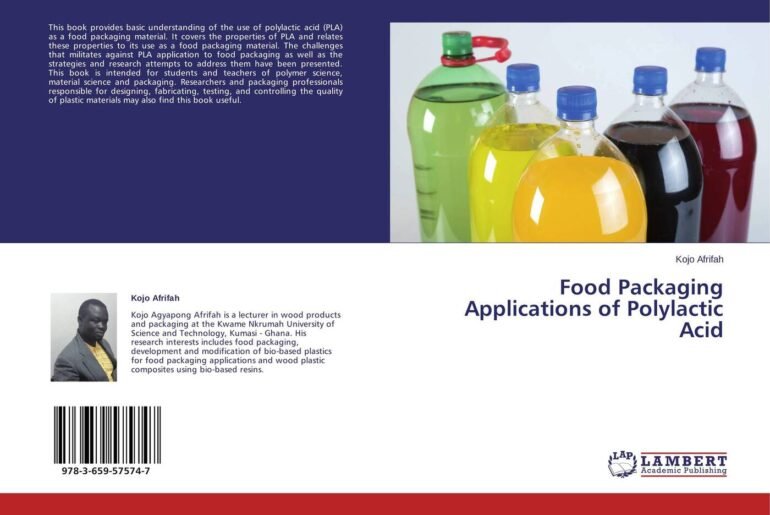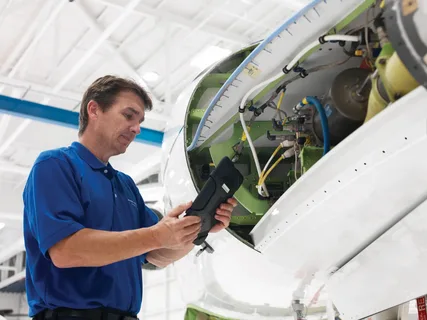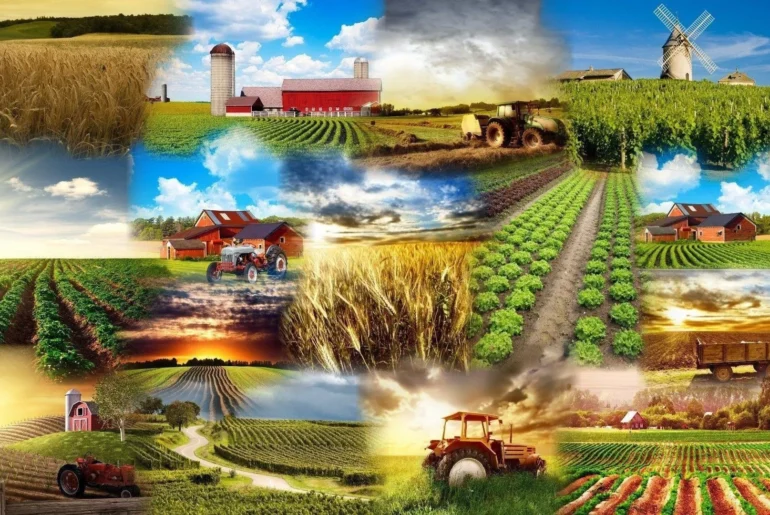In the pursuit of a more sustainable future, materials derived from renewable resources have garnered significant attention. One such material, Polylactic Acid (PLA), has risen to prominence due to its unique properties and wide-ranging applications. Known for being both biocompatible and environmentally friendly, PLA serves as a cornerstone for industries seeking to reduce their environmental impact. This blog explores PLA’s origins, properties, applications, challenges, and future potential, demonstrating why it is heralded as the biocompatible…
Water contamination is a pressing issue that poses a grave threat to ecosystems and human health. Among the most pervasive pollutants are microplastics—tiny plastic particles that infiltrate our oceans, rivers, and drinking water systems. Their omnipresence has led researchers to innovate novel purification solutions, and one breakthrough technology has emerged as a game-changer: biopolymer-based foam. This revolutionary material not only absorbs up to 99.9% of microplastics but also represents a sustainable approach to combating water…
Introduction In today’s high-tech industries, material selection plays a pivotal role in the performance, durability, and safety of various components, particularly in fields like medicine and aerospace. Polyphenylsulfone, a high-performance thermoplastic, has emerged as a top choice for engineers and manufacturers looking to achieve reliable durability and chemical resistance. With its ability to withstand extreme temperatures and rigorous sterilization, polyphenylsulfone has become an essential material in the production of durable medical instruments and demanding…
Introduction The agricultural sector, a cornerstone of global food security, faces unprecedented challenges today. With climate change, soil degradation, and resource scarcity posing significant threats, the need for sustainable practices has never been more urgent. One of the most promising solutions lies in the use of environmental friendly polymers. These innovative materials are transforming traditional farming methods, offering new ways to enhance crop yields, protect the environment, and ensure long-term agricultural sustainability. Environmental friendly…
Introduction In recent years, the world has witnessed a growing demand for sustainable practices across various industries. Agriculture, being a cornerstone of human civilization, is no exception. As global populations rise and environmental concerns escalate, there is an increasing need for innovative solutions that can enhance food production while minimizing environmental impact. One such innovation is the use of biodegradable polymers in agriculture. These materials are not only revolutionizing farming practices but are also…
Introduction As environmental concerns become increasingly pressing, the food packaging industry is undergoing a significant transformation. Central to this change is the rise of environmental friendly polymers, which are emerging as sustainable alternatives to traditional packaging materials. These innovations aim to reduce environmental impact, enhance recyclability, and improve overall sustainability. In this post, we will explore the benefits and challenges associated with environmental friendly polymers in food packaging. By delving into these aspects, we aim…
Introduction In an era where sustainability and environmental consciousness are at the forefront of global conversations, the food industry is experiencing a transformative shift. The demand for safer, more sustainable packaging solutions has never been higher. As consumers become increasingly aware of the environmental impact of traditional plastic packaging, the focus has shifted towards green innovations that prioritize both food safety and packaging sustainability. Among these innovations, eco-friendly polymers have emerged as a key player,…
Introduction The global food packaging industry is at a critical juncture. As environmental concerns become increasingly urgent, the demand for sustainable solutions in food packaging has never been higher. Traditional packaging materials, often derived from non-renewable resources and difficult to recycle, are falling out of favor as both consumers and regulators push for greener alternatives. At the heart of this shift lies the future of food packaging, which is being shaped by the development and…
Introduction In an era where environmental sustainability and climate change are at the forefront of global concerns, the role of innovative materials cannot be overstated. Among these materials, environmental friendly polymers are emerging as powerful tools in the fight against environmental degradation and climate change challenges. Biodegradable polymers, by design, break down naturally through the action of microorganisms, making them a sustainable alternative to traditional plastics. This post explores how environmental friendly polymers contribute to…
Introduction In a world increasingly conscious of the environmental impact of human activities, the demand for sustainable solutions has never been more pressing. One area that has gained significant attention is the development and use of Environmental Friendly Polymers. These materials, designed to minimize environmental harm, have become pivotal in the quest to enhance Environmental Health and address the multifaceted challenges of Climate Change. This post explores how these polymers contribute to a healthier…










